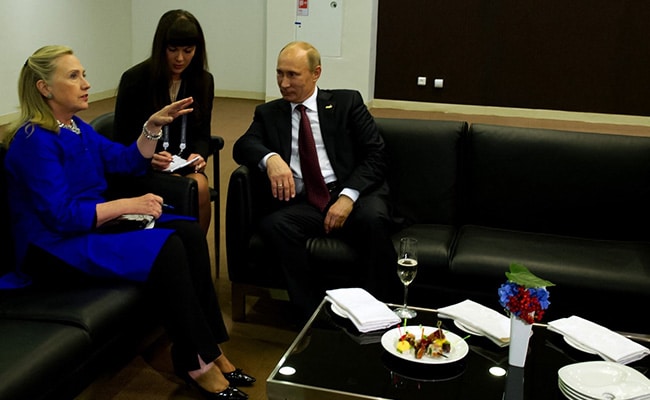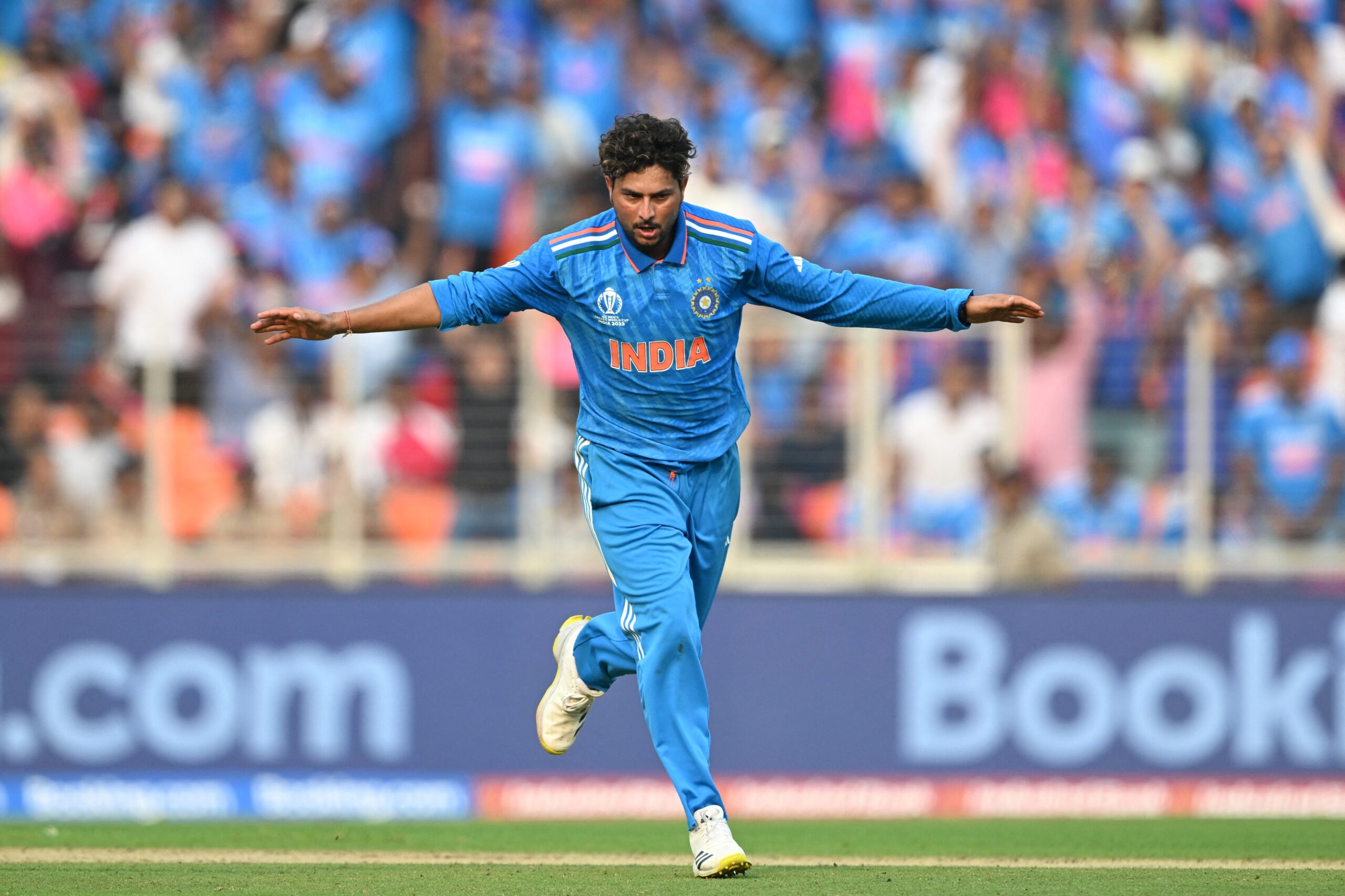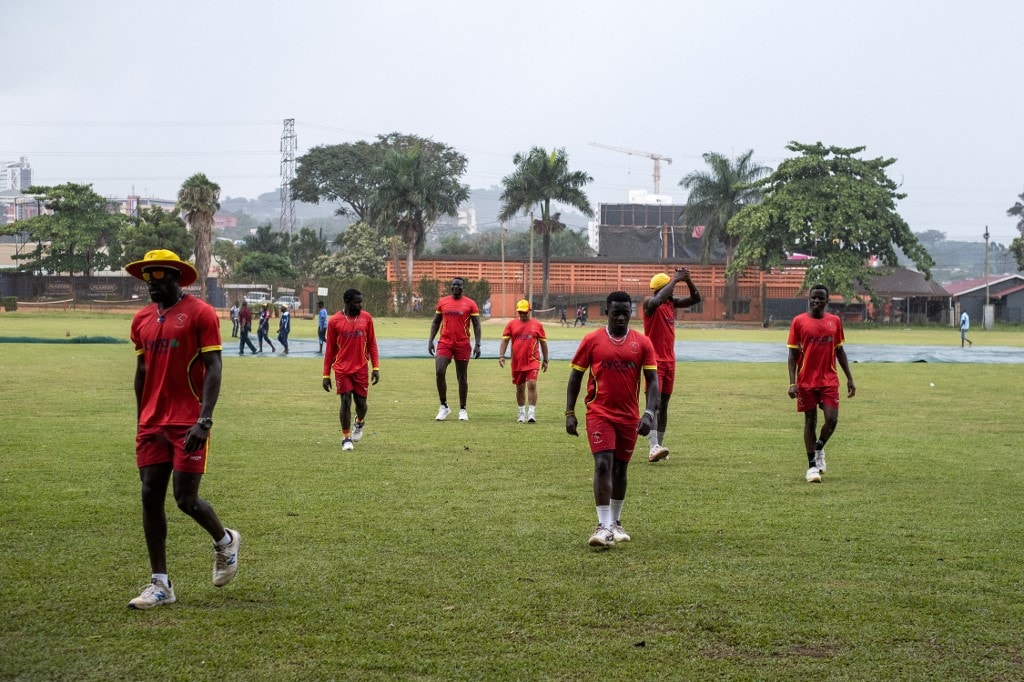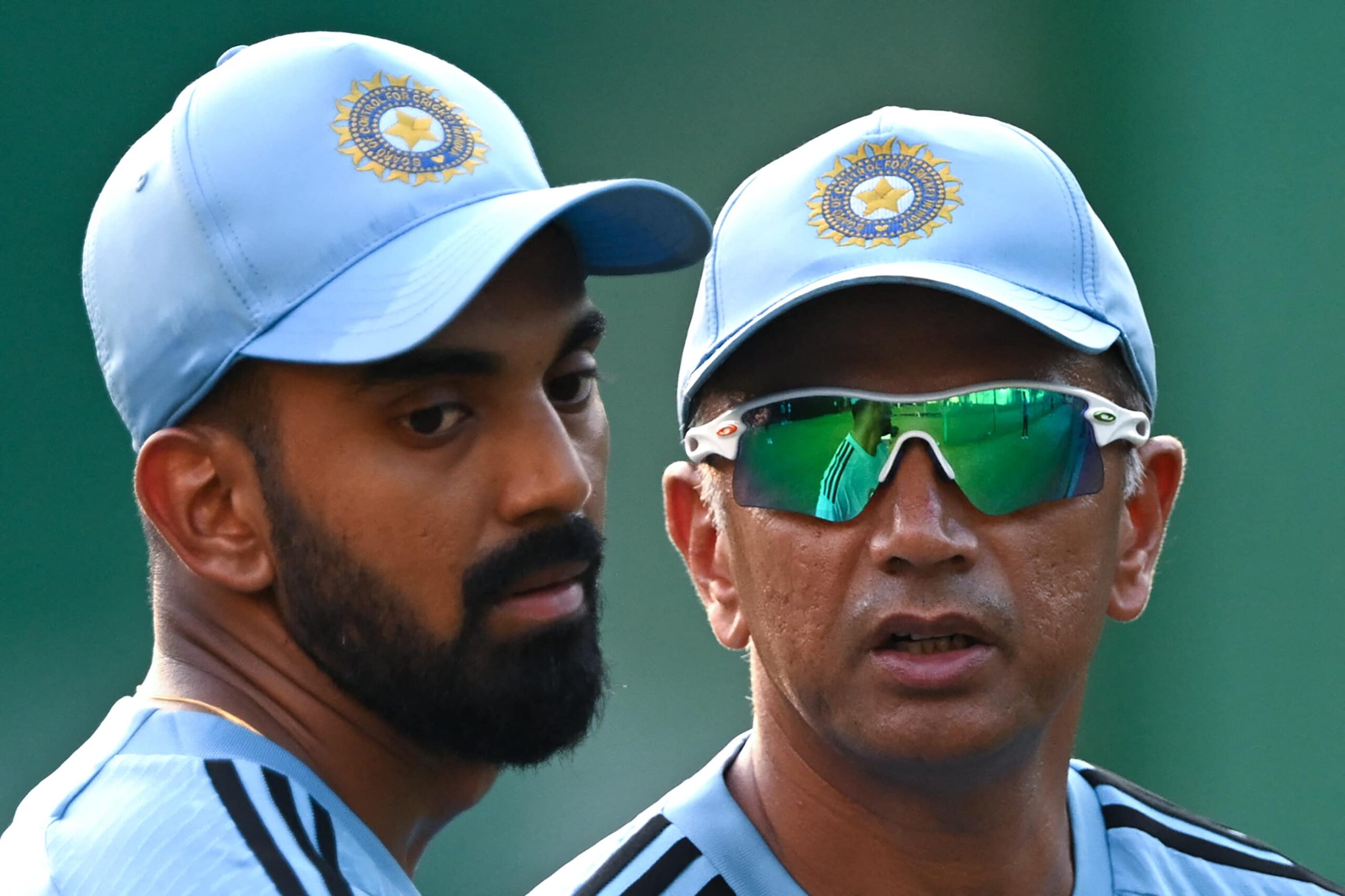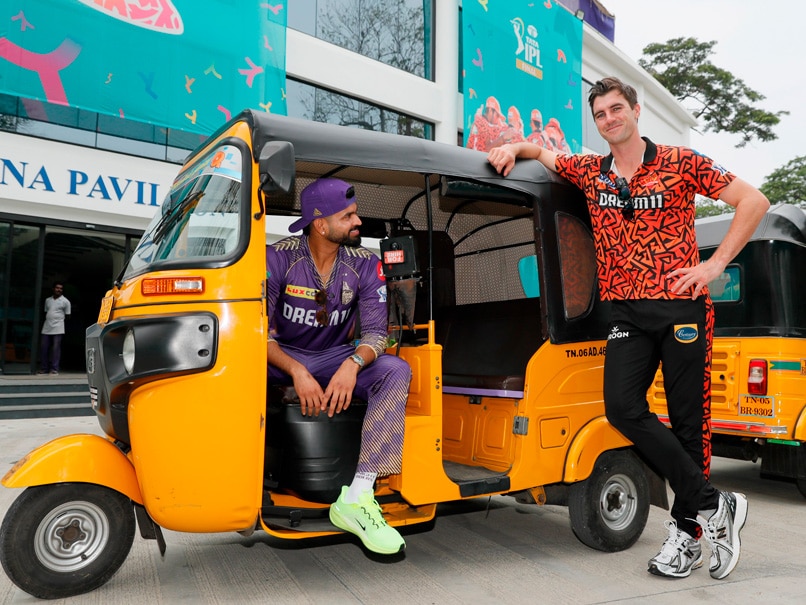On a sunny morning at the main cricket oval in Kampala, members of the Ugandan national men’s team are being put through their paces by their new head coach. The Cricket Cranes — clad in their vivid red kit — are training hard for their first ever T20 World Cup, a “dream come true” in a nation where cricket is overshadowed by football as the most popular sport. But they have a tough road ahead in the tournament, which is being jointly hosted by the United States and West Indies and runs from June 1 to June 29.
Among their opponents are New Zealand and West Indies, as well as Afghanistan and Papua New Guinea, with the fixtures being held in Guyana and Trinidad and Tobago.
Time is not on their side — it was barely a month ago that the Uganda Cricket Association named Indian former first-class cricketer Abhay Sharma as the new head coach of the men’s national team.
“Mostly we don’t have time to relax. It’s going to be high intensity preparations,” 32-year-old Cranes captain Brian Masaba told AFP after the training session was interrupted by rain.
Masaba has himself already earned an accolade for his performance.
In mid-May, the International Cricket Council ranked him as the captain with the second highest number of wins in T20 internationals (44 in 56 matches), just behind Pakistan’s Babar Azam.
“If we can pick up a couple of wins at the World Cup, it would be a huge bonus for us. But more importantly for me is the platform the World Cup gives Uganda as a country,” said Masaba.
“So it is important for us as ambassadors of the game to portray the country in a good light and that’s by going out there and playing good cricket.”
Although this is their first World Cup as a nation, Uganda were part of a combined East Africa team along with Kenya, Tanzania and Zambia that took part in the 1975 ODI World Cup.
Cricket was first introduced to the region in the late 19th century by British colonial settlers and became popular among the large number of Indian labourers brought in to work on East African railways.
Aiming for major leagues
Juma Miyagi, 21, says he hopes Uganda’s appearance at the World Cup will not only give a shot in the arm to Ugandan cricket but also help propel his own international career.
“It means a lot to us,” said Miyagi, who’s been with the Cranes for two years. “We are expecting very many things from the World Cup.”
Miyagi grew up in the Kampala slum of Naguru, which lies on a hillside overlooking the cricket ground.
“I come from the ghetto,” he said.
“I would like to see myself in one of the biggest leagues in the world and maybe helping out my family… we have been struggling with everything.”
Miyagi, who was first interested in tennis before switching to cricket, also said he hopes qualifying for the World Cup will be a “big opportunity” to help attract more youngsters like him to the game.
‘Baby of global cricket’
Veteran cricketer Frank Nsubuga, an all-rounder who at 43 is the father figure in the squad, first played internationally in the 1997 ICC Trophy.
“Having been playing for the last 27 years I’m very excited to have qualified to play in the World Cup,” said Nsubuga, who will be one of the oldest players in the tournament.
“It was my dream and it has come true.”
Coach Sharma, 54, did not want to be drawn on his strategies for Uganda’s World Cup matches, nor share who he considered the team’s star players.
But he said he was drawing on his global experience — which includes coaching stints with India A and India Under-19s, as well as the Indian women’s cricket team and the Delhi Ranji Trophy side.
“We are going step by step,” Sharma said. “We are working on their skill sets, we are working on their mindset.”
On the prospects for the Cranes — who are nicknamed after Uganda’s national bird — he was also circumspect.
“The expectation of the fans is there. We have to be realistic. This is a young team and it is a baby of global cricket.
“But they are in good shape and expectations are high.”
Topics mentioned in this article

